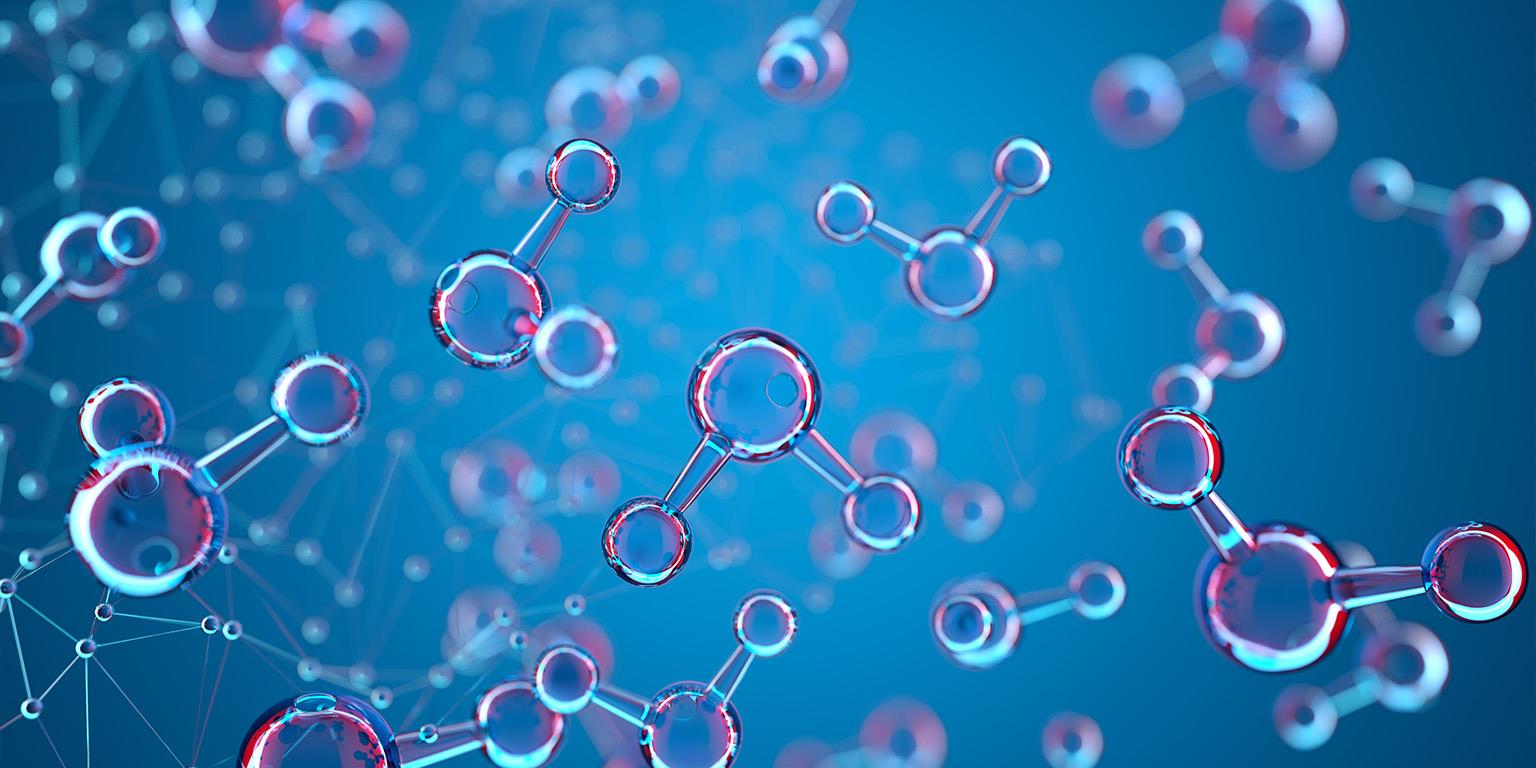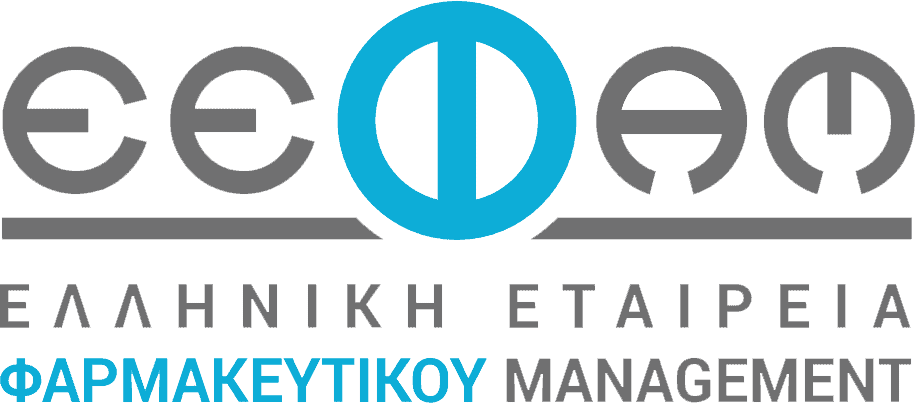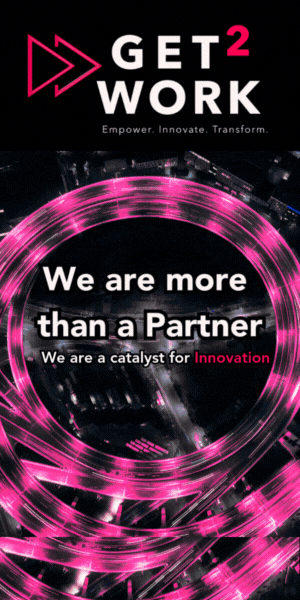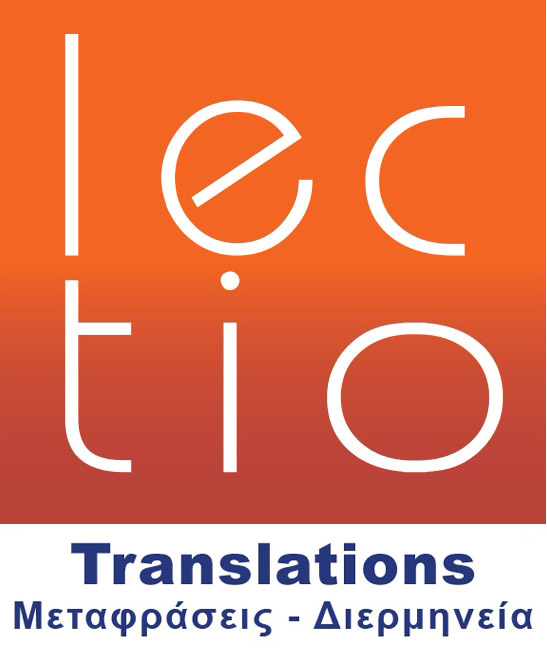Blog
Blog
Generative AI in the pharmaceutical industry: Moving from hype to reality

Accelerated drug discovery. More efficient clinical trials. Quicker regulatory approvals. Ultratargeted marketing and medical materials generated in-house. Generative AI is transforming nearly all aspects of the pharmaceutical industry, revamping the way companies operate and potentially unlocking billions of dollars in value. The McKinsey Global Institute (MGI) has estimated that the technology could generate $60 billion to $110 billion a year in economic value for the pharma and medical-product industries, largely because it can boost productivity by accelerating the process of identifying compounds for possible new drugs, speeding their development and approval, and improving the way they are marketed.
With compelling new gen AI use cases emerging, we were eager to understand, in a more granular way, the most promising areas of potential value (see sidebar “A guide to our methodology”). So we dug deeper into MGI’s data and modeling of 63 generative AI use cases in the life sciences and calculated the potential economic impact for five industry domains: research and early discovery, clinical development, operations, commercial, and medical affairs. Those numbers in hand, we tapped the experience and knowledge of McKinsey’s leaders in each domain. These leaders used their extensive work helping clients deploy gen AI over the past year to identify the use cases most likely to spark meaningful near-term productivity gains and economic value.
Yet numbers tell only part of the story. The impending gen AI–driven life-science revolution promises unquantifiable effects on human health and well-being. An accelerated drug discovery process, for example, will help cure more diseases more quickly, opening additional resources that could then be applied, say, to orphan diseases. The ability to generate insights and patterns from vast quantities of patient data will spark more personalized treatments—and improved patient outcomes. Gen AI tools could also make patient care more consistent by reducing deviations in the manufacture and delivery of therapeutics. Finally, by automating tedious and time-consuming tasks like document creation and record keeping, gen AI stands to boost the productivity of researchers and medical liaisons, so they can better serve clinicians and patients.
Harnessing this powerful new technology, of course, will not be easy. Leaders will have to grapple with tricky strategic decisions and operational challenges in an uncharted landscape marked by fast-changing technology and emerging risks. Here we offer guidance on getting started and analyze the most promising use cases and the elements needed for gen AI to transform them.
The way the industry works to treat disease is changing rapidly. Download the PDF to read the full article, in which we offer a glimpse of the shape that new world is likely to take.
ABOUT THE AUTHOR(S)
Chaitanya Adabala Viswa is a partner in McKinsey’s Boston office, where Delphine Zurkiya is a senior partner; Joachim Bleys is a senior partner in the Charlotte office, where Bhavik Shah is a partner; and Eoin Leydon is a partner in the Dublin office.
The authors would like to thank Mahmoud AbuEid, Asli Aksu, Chris Anagnastoupoulos, Salma Ayoub, Eric Bruckner, Lucia Darino, Supreet Deshpande, Alex Devereson, Aliza Dzik, Anas El Turabi, Lionel Jin, Matej Macak, Abhi Mukherjee, Raj Rajendran, Boyd Spencer, and Hann Yew for their contributions to this report.
This article was edited by Larry Kanter, a senior editor in the New York office.






